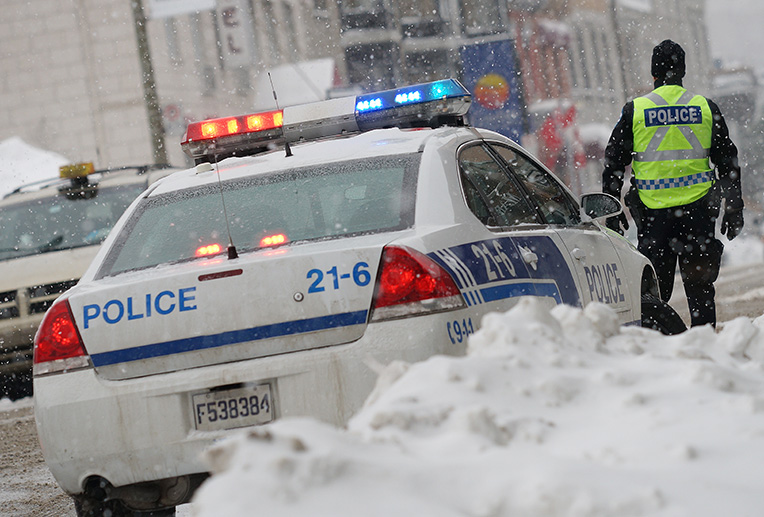The weather has a profound impact on human behavior. From the clothes that people wear to the activities people engage in, the weather affects daily life in numerous ways. Weather also impacts activity and the level of crime in a community and affects the visibility of law enforcement officers and the behavior of criminals.
Heat Waves and Crime
Heat waves can lead to an increase in crime as people become more irritable and restless in hot weather. This can lead to an increase in violent crimes such as assaults and robberies. In addition, hot weather can also cause people to be more impulsive and engage in criminal activities that they might not have considered otherwise.
In response to these weather-related crime spikes, police departments often increase their patrol presence in high-crime areas during heat waves. This increased visibility can serve as a deterrent to criminals and help to keep the peace. A non-lethal option such as PepperBall is a strong choice during heat related incidents. PepperBall allows officers to deescalate and engage from a distance, eliminating the need for close-up contact during a confrontation.
Rain and Crime
Rainy weather can also impact police activity. When it rains, people tend to stay inside, reducing the number of potential victims. This can lead to a decrease in crime. However, rain can also make it more difficult for police officers to perform their duties. Rain can reduce visibility, making it harder for officers to identify suspects and to make arrests. Additionally, the wet conditions can make it more difficult for officers to maintain control over a crime scene, potentially compromising the integrity of the evidence.
Snow and Crime
Snow and other winter weather can also impact police activity. Snow can make it more difficult for police officers to respond to emergencies, especially in rural areas where roads can become impassable. This can result in increased response times, making it harder for officers to intervene in time to prevent a crime.
Snow can also reduce visibility, making it harder for officers to see suspects or criminal activity. Furthermore, cold weather can drive criminals inside, leading to an increase in indoor crimes such as burglary and theft. In response to these weather-related crime spikes, police departments often increase their presence in high-crime areas during winter weather.
In conclusion, weather can have a significant impact on police activity. From heat waves to rain and snow, weather can affect the behavior of both law enforcement officers and criminals. By understanding these weather-related crime trends, police departments can respond proactively and keep their communities safe.

